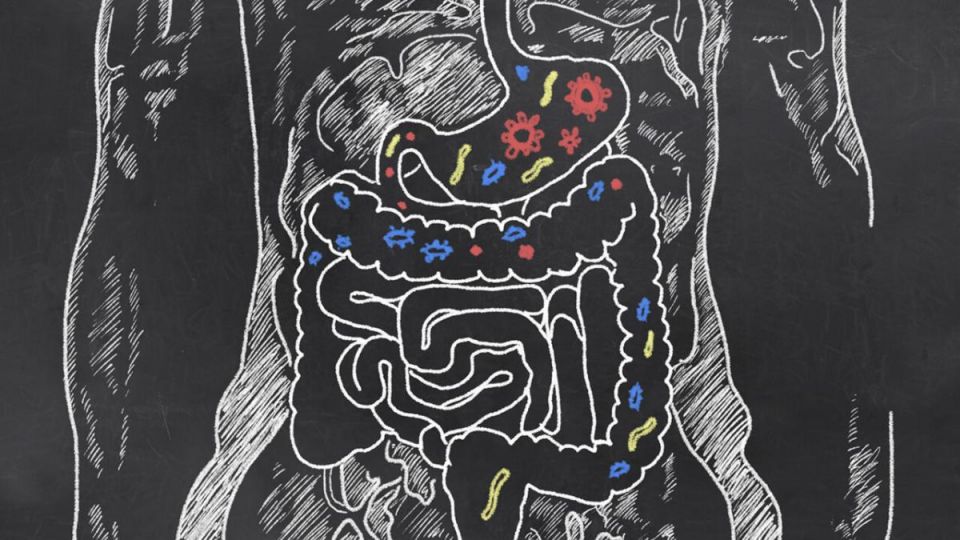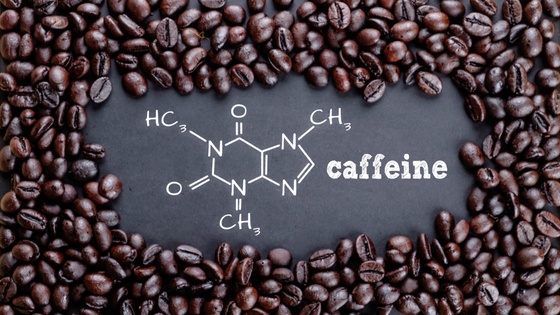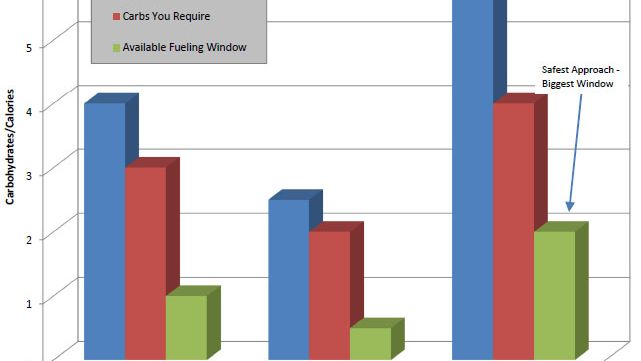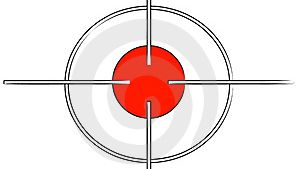The Core Diet Blog
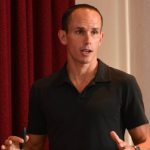
Jesse Kropelnicki
Founder of the Core Diet, Ironman Triathlete, and Elite Level Triathlon Coach
Jesse is an elite/pro level triathlon coach who founded the QT2 Systems brand of endurance preparation businesses, including OutRival Racing, The Core Diet, The Run Formula, and QT2 Systems. He is the triathlon coach for many professional athletes including TJ Tollakson, Linsey Corbin, Angela Naeth and Pedro Gomes, among others. His interests are in coaching professional triathletes using quantitative training and nutrition protocols. He is a USAT Level III Certified Coach and author of the book “The Endurance Training Diet & Cookbook: The How, When, and What for Fueling Runners and Triathletes to Improve Performance”.






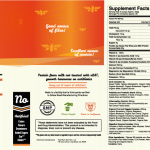

If you have been hanging aroundThe Core Dietfor some time now, you bet we still stand by our food values, which includes eating fresh whole fruits and vegetables


I continue to get asked by athletes and coaches about taking a lower carbohydrate approach to fueling long course events. This concept sounds great on the surface, like Total Immersion-style swimming in triathlon, but as you dig deeper, you discover its pitfalls. I’ll sum this concept up as “Metabolic Efficiency Training – By Nutrition Modification” (low carb approach). I add the nutrition modification piece, as training via proper intensity ranges provides “Metabolic Efficiency” without tinkering with nutrition and is a proven concept.


During this time of year when everyone, including triathletes let loose to enjoy the holiday cheer, it is a good time to focus on some ways to balance the endless holiday party platters and treats. The average American will gain between five and 10 pounds, in the time between Thanksgiving and New Year's. What can we do to help avoid this, to some degree, and provide nutrient density that supports the training volume that we are trying to get in, in between parties? The answer: Juicing!


With the holidays now behind us, and the reality of a new season beginning to set in, consider thinking about your body composition as one of the primary areas where improvement can be made during the New Year. Athletes typically think about body composition in a very one-dimensional way. Most do not get too far beyond considering only their body weight and/or the percentage of their body weight that comes from fat. Outlined below is a more effective, sport-specific approach to looking at body composition, using traditional metrics in a more synergistic way.


 This writing discusses that tough time of year when many athletes take a bit of downtime from their training and are tempted by nutritional pit falls.
This writing discusses that tough time of year when many athletes take a bit of downtime from their training and are tempted by nutritional pit falls.




